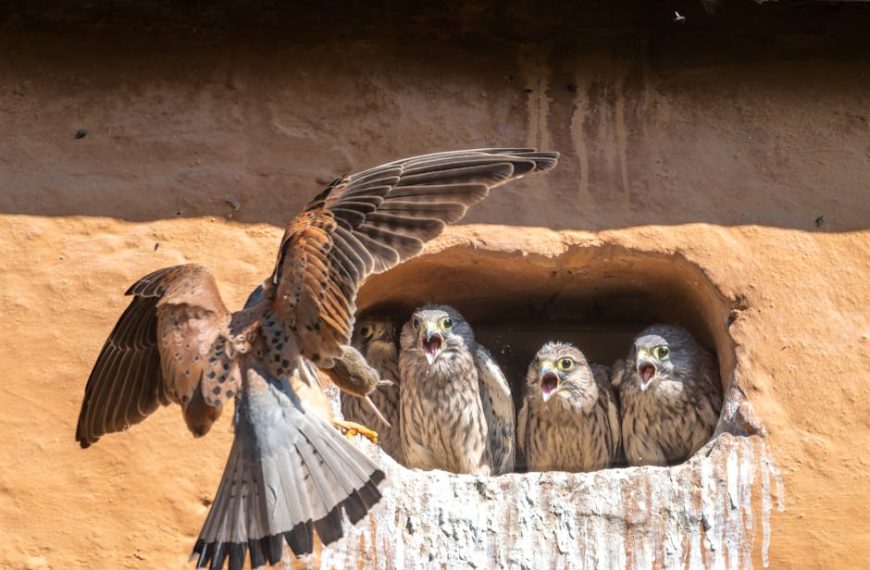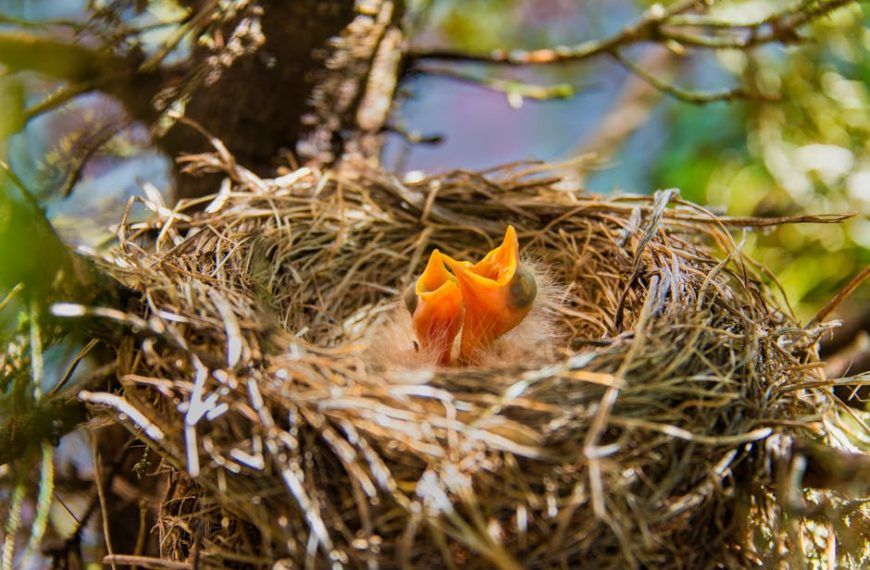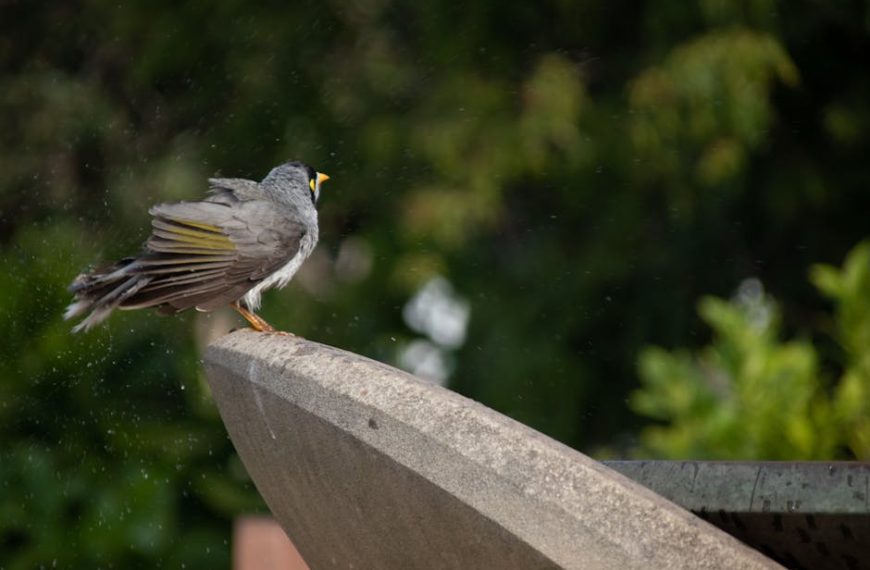If the exquisite sight of a robin’s bright blue eggs prompts you to wonder how—and why—birds lay eggs in such striking shades, you’re not alone. These azure jewels of the bird kingdom spark curiosity and serve a variety of fascinating purposes that range from providing camouflage to playing part in complex mating rituals.
Mysteries of Bird Eggs and Their Color Variations
It’s a dazzling spectacle how the world of bird eggs encompasses virtually every color of the rainbow. But these egg colors are not just ornamental, they are driven by a combination of genetics, surrounding environment, and even diet. The beautiful blue hue that distinguishes certain bird eggs is a result of a unique pigment. Pro tip: This pigment is called biliverdin, a waste product formed during the breakdown of red blood cells. Highly intensified, the presence of biliverdin results in strikingly blue eggs.
- Genetics: Certain genes control the production and deposition of pigments onto the eggshell.
- Environment: Locations with higher parasitic activity may influence the bird to produce eggs with darker shades.
- Nutrition: A balanced diet rich in certain compounds aids in producing distinctive egg colors.
Common Birds That Lay Blue Eggs
Now, when you think of birds with blue eggs, the American Robin might be the first to cross your mind, but there are several other common birds that gift us with similar cerulean treats. The Eastern Bluebird and the Starling are two such species. Best practice: Familiarising oneself with their unique characteristics not only aids in identification but also adds to the joy of bird watching.
A table depicting a side-by-side comparison of their eggs:
| Bird Species | Egg Description |
|---|---|
| American Robin | Bright, glossy blue without any markings |
| Eastern Bluebird | Light blue or occasionally white |
| Starling | Pale blue or greenish-blue with sparse spots |
Rare and Exotic Birds with Blue Eggs
While these common birds sure are interesting, the allure of the wild calls us to venture further. There are rare and exotic birds out there, the sighting of which can be a lifetime treasure for any bird enthusiast. These include the likes of Ocellated Turkeys and Blue-footed Boobies, whose habitats are mostly limited to certain regions.
- Ocellated Turkey: This exotic bird can be found in the forests of Central America and they lay buff-colored eggs with a slight blue tinge.
- Blue-footed Booby: Native to the tropical and sub-tropical regions of the Eastern Pacific Ocean, they lay white to pale blue eggs.
Pros and Cons: On the surface, a blue egg might seem advantageous providing a natural camouflage against the sky, but it can also make them strikingly noticeable to predators. However, richer blue eggs are often considered signs of a healthier and more desirable mate.
Unusual Facts About Blue Eggs
Blue eggs are not simply a fanciful spectacle to admire but also cloaked with fascinating tweaks of nature and evolution. Did you know that even within the spectrum of blue, not all eggs are alike? From sky blue to cobalt, the color variations are in fact, countless.
Pro Tip: Here’s a captivating scientific fact! Research suggests that these blue eggs might actually be healthier. The blue pigment, biliverdin, is believed to have antioxidant properties.
Here are a couple of more surprising insights into the world of blue eggs:
- Some birds, like the magnificent blue-footed booby, use the brightness of their eggs to display their health to potential mates.
- A study on European robins revealed that older females tend to lay darker and bluer eggs compared to their younger counterparts.
- Blue eggs may also serve as a cunning tactic against predators. For instance, cuckoos lay blue eggs that mimic those of their hosts, thus duping them into raising cuckoo chicks.
Myths and Folklore Surrounding Blue Eggs
In the realm of mythology and folklore, blue eggs have captivated our ancestors’ hearts and minds to the point where they have been nestled within myriad stories and beliefs, some bestowing them with mystical powers. Did you know that in many cultures, blue eggs are considered as harbingers of good luck and even symbols of fertility?
Best practice: Reflect on how different cultures view these blue eggs.
A table showcasing different cultural myths and beliefs:
| Culture | Belief About Blue Eggs |
|---|---|
| Celtic Folklore | Blue eggs are believed to possess healing properties. |
| Native American myths | Believed to give the holder insight into the mystical and spiritual realm. |
| Chinese Folklore | Considered as a symbol of fertility and often given as wedding gifts. |
From the mysteries behind their color variations to interesting beliefs surrounding them, the journey of discovering blue eggs is quite an adventure! We hope this exploration not only expanded your knowledge but also fueled your curiosity and love for these aviary marvels.
Key Takeaway:
- The color variations in bird eggs such as blue are a result of distinct factors such as genetics, environmental influences, and diet.
- Birds like the American Robin, Eastern Bluebird, and Starling lay blue eggs commonly seen in many areas, while the rare and exotic Ocellated Turkey and Blue Footed Booby also lay colored eggs.
- The blue pigment in eggs, biliverdin, might have antioxidant properties. These eggs can vary in their shades of blue.
- Cultures worldwide carry multiple myths and folklore regarding blue eggs, viewing them as symbols of good luck, fertility, or possessing mystical powers.
Keep watching out for these exquisite natural beauties during your bird-watching adventures. They are not only a delightful vision but also full of intriguing biological wonders and cultural significance. You’re adding to the richness of your experiences every time you spot one of these bluish-green treasures!
FAQs
Q: Is there an advantage of birds laying blue eggs in the wild?
A: Yes, it’s believed that the blue coloration can provide a form of camouflage for the eggs against the sky, although this can also make them more noticeable to predators. The color intensity might also be used by birds to display their health to potential mates.
Q: How can I differentiate between the eggs of different bird species?
A: The color, pattern, and size of the eggs can provide clues to identify the bird species. For example, the American Robin’s eggs are bright, glossy blue without any markings, unlike the Starling’s pale blue or greenish-blue eggs with sparse spots.
Q: Besides the color, are there other physical differences in blue eggs compared to other eggs?
A: Besides the color, the size, shape, and shell thickness might also vary based on the bird species. However, the internal structure of blue eggs is generally similar to that of other bird eggs.
Q: What is the significance of bird egg color in folklore and myths?
A: The color of bird eggs, especially blue, has unique significance in various cultures. Some consider them to symbolize good luck or fertility, while others believe they possess healing or mystical attributes.
Q: How can I increase my chances of spotting birds that lay blue eggs?
A: Familiarize yourself with the habitats of these bird species and the look of their eggs. Aside from that, regular bird watching and patience will improve your chances of spotting these unique birds.
Share this article with fellow bird enthusiasts and continue exploring more fascinating posts on our website!












